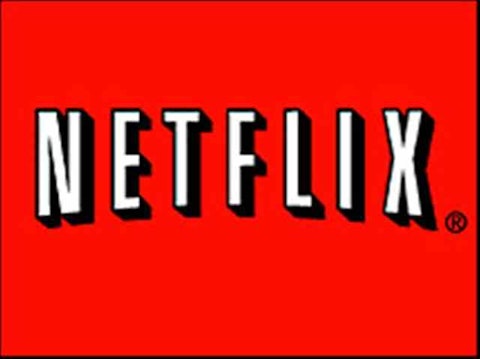The second quarter earnings report of Netflix, Inc. (NASDAQ:NFLX) exceeded Wall Street expectations, as well as demonstrating significant year over year improvement. Yet investors were disappointed and a sell-off ensued the following day.
On the basis of year over year revenue and income growth, the report should have come as good news. Total revenue grew 20% to $1.07 billion, and operating income grew by over 250% to $57.12 million.
Investor disappointment has been widely attributed to insufficient growth in paid membership, and Netflix, Inc. (NASDAQ:NFLX) has been growing at the same rate of about 8.6 million paid memberships/year worldwide since Q4 2011, as the chart below shows:

Since there had been expectations that Netflix, Inc. (NASDAQ:NFLX)’s investments in new content would accelerate membership growth, the lack of any visible acceleration in Q2 accounts for most of the negative reaction.
Many Netflix, Inc. (NASDAQ:NFLX) investors have tended to fixate on membership growth as reflected in a recent article by fellow Motley Fool Blogger Salvatore Mattera, who writes:
“If Netflix, Inc. (NASDAQ:NFLX) can get the 60-90 million subscribers it thinks it can, then there’s no problem at all. A larger pool of subscribers should generate enough revenue to cover the cost of the content.”
However, there’s no guarantee that doubling or tripling paid membership will justify the current valuation of Netflix, Inc. (NASDAQ:NFLX) or assure long term profitability.
The Problem of Return on Invested Capital
The original content that Netflix, Inc. (NASDAQ:NFLX) has invested in has excited investors who assumed that this would spur membership growth. Even if original content had changed the membership growth trajectory, there would still be the problem of assessing the value of the programming as an investment for Netflix.

It is this lack of transparency that caused me to offer a return on invested capital (ROIC) analysis of Netflix, Inc. (NASDAQ:NFLX) overall in my previous Netflix post. In the table below I compare ROIC for Netflix, Amazon.com, Inc. (NASDAQ:AMZN), and Hulu’s three owners, Comcast Corporation (NASDAQ:CMCSA), 21st Century Fox and The Walt Disney Company (NYSE:DIS) (from the Wall Street Journal):
| Netflix | Amazon | Comcast | FOX | Disney | |
| 2012 Annual Revenue | $3.61 B | $61.09 B | $62.57 B | $33.7 B | $42.28 B |
| 2012 Annual Net Income | $17.15 M | -$39.0 M | $6.20 B | $1.18 B | $5.68 B |
| 2012 Cash and Equiv. | $748 M | $11.45 B | $12.42 B | $9.63 B | $3.39 B |
| Current ROIC (%) | 1.03 | -0.38 | 7.1 | 2.78 | 11.44 |
Generally the ROIC rate should be higher than the cost of capital for the company. Netflix, Inc. (NASDAQ:NFLX) recently borrowed $500 million at 5.375% interest, so Netflix has a way to go to get their ROIC equal to their cost of capital.
Whether Netflix, Inc. (NASDAQ:NFLX) can ever get to a healthy ROIC depends on being able to grow membership while holding the line on operating costs (Marketing, R&D, Administrative). Netflix did improve its operating margin (operating income/revenue) to 5.3% this quarter, compared to 3.1% in Q1, and actually reduced overall operating expenses by reducing marketing costs.
It remains to be seen whether this is sustainable. In the past, Netflix, Inc. (NASDAQ:NFLX)’s operating costs have grown proportionately with revenue, and I’m skeptical that Netflix can double membership and revenue while holding operating costs unchanged. If Netflix maintained the current operating margin of 5.3% even doubling revenue would only yield a ROIC of 4.2%.
The problem of competition
Compounding the problem of Netflix, Inc. (NASDAQ:NFLX) ROIC is the problem of competition. Both Amazon.com, Inc. (NASDAQ:AMZN) and Hulu directly compete with Netflix, although Netflix is reported to have roughly a 90% share of the subscription Internet video market. Hulu’s owners recently decided not to sell Hulu, and are now investing $750 million to enhance Hulu’s content and competitiveness, according to a report in the NY Times.
Although Netflix, Inc. (NASDAQ:NFLX) CEO Reed Hastings justifiably criticized Amazon.com, Inc. (NASDAQ:AMZN)’s online user interface as “confusing,” the Hulu online interface is about as good as Netflix, so Netflix doesn’t have a competitive advantage with respect to Hulu’s UI. Netflix, Amazon, and Hulu all have iOS and Android apps available for viewing their content, as well as apps for set top boxes such as Apple TV, Roku, and many Blu-ray disc players.



